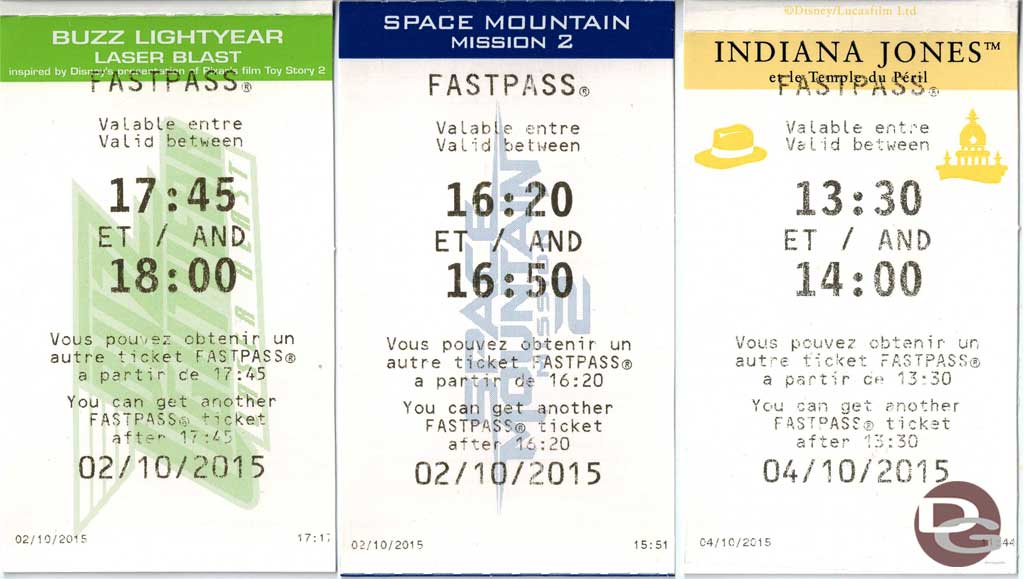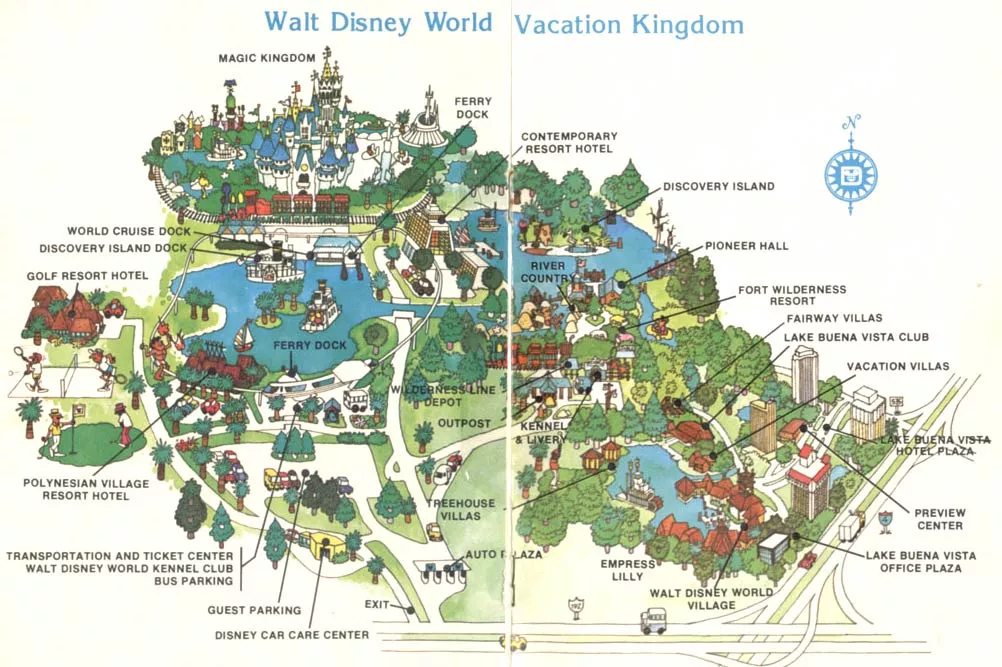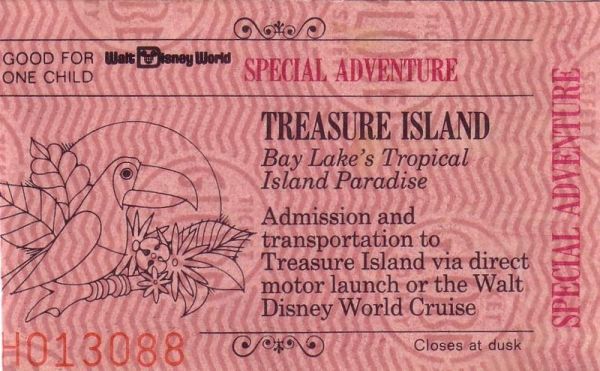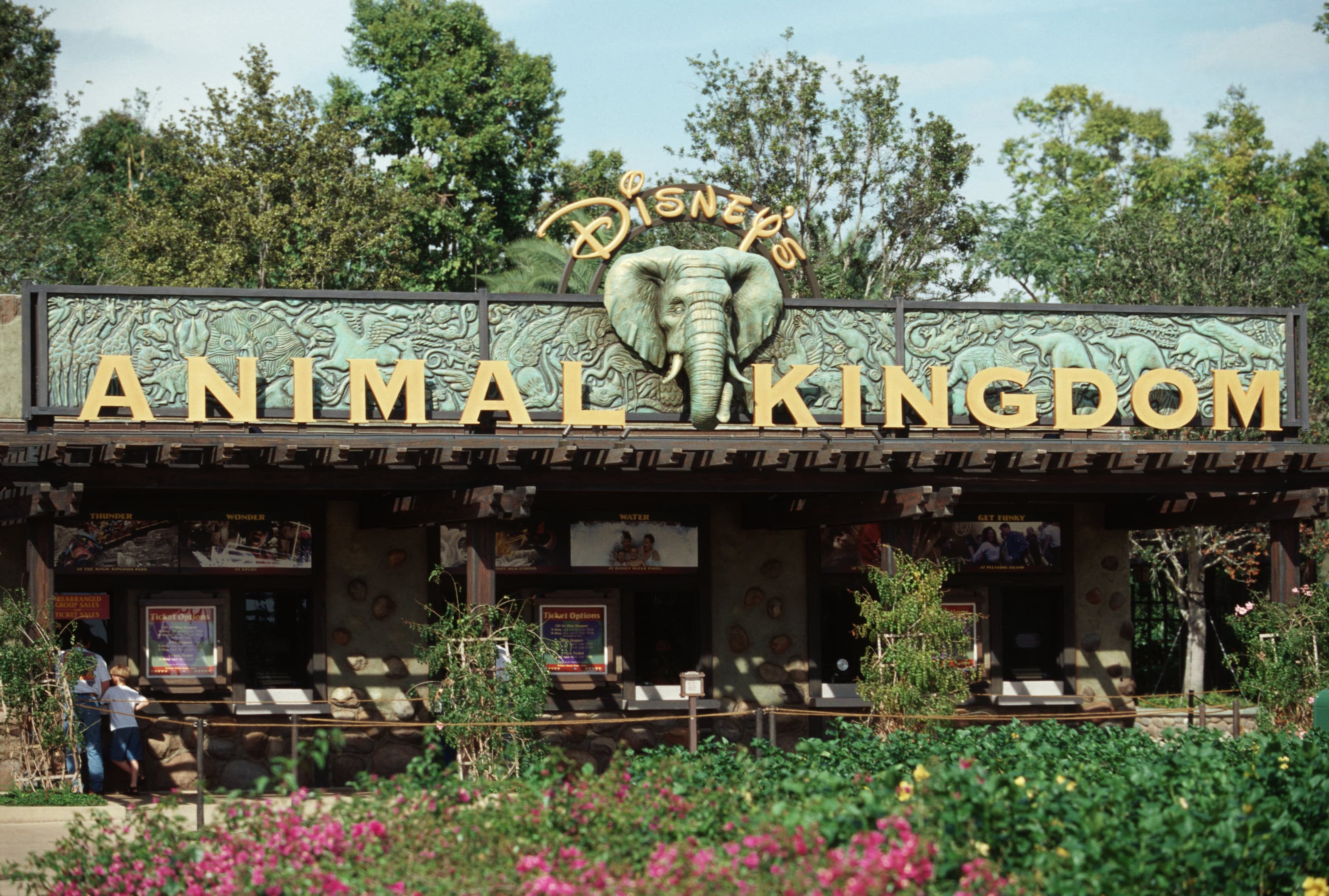Welcome to Disney Extinct Attractions. My name is Cole, and I’ll be your guide on today’s trek through a Walt Disney World rain forest.

Via The Geek’s Blog
This past week, Disneyland Paris announced that they would be adding more paid Fastpass options in addition to the option presented earlier this year that allowed guests to buy a Fastpass for an attraction that could be used at any time. The new system allows guests to purchase Fastpasses for 3 different pre-chosen attractions or all of the attractions (for a higher price, of course). Personally, I don’t really like this idea because while free Fastpasses still exist there, it seems that Disney is inching closer and closer to being like other major theme park companies, who all charge for the chance to skip a line. I think we still have a while before we see that happen, but it is certainly troubling because once you start, it is very difficult to go back.
Luckily for us, we don’t need to worry about that today. Instead, we can focus on a simpler time when Fastpasses didn’t even exist and life was easy.

Via Orlando Weekly
With Walt Disney World, Walt intended to build upon what he had done in Disneyland by having enough land to build as much as he could ever possibly want. Unfortunately, he passed before this vision could become a reality, leaving the project in the hands of his brother, Roy. While the park never materialized into exactly what Walt wanted, it did manage to eclipse what existed in Disneyland by becoming a true vacation destination.
In order to become more than just a theme park with hotels around it, the area needed extra diversions that guests could experience, so to fill this need, the Disney Company built Treasure Island.

Via DISunplugged
Opening on April 8th, 1974 in the middle of Bay Lake, Treasure Island took up the entire island and featured all kinds of birds and animals. Additionally, the island loosely tied in with the Disney film Treasure Island, but not in any major way outside of a few sparse decorations. Disney quickly realized that they did not need the theming for the island to be successful, so they refurbished it in 1976 and changed the name to Discovery Island. With these changes, the park also gained the status of a zoological park, which meant that zoological associations recognized it as a zoo for all intents and purposes. In its first days, the park had no real amenities, but with these changes, a restaurant and shops were added, so there was more for guests to entertain them throughout the day.

Via YouTube
Discovery Island was located right off of Fort Wilderness and River Country. In fact, you can still see it from Fort Wilderness today. But even with this proximity to other locations, there was still a lot of seclusion in the area because of how all of the trees surrounded you. Plus, your eyes were drawn to all of the birds in the area.

Via Pinterest
Looking at the map, you can see that there was really only one path throughout the entire island. I wish that I could have experienced that because it seems pretty interesting considering that all of the Disney Parks have so many different ways to twist and turn and experience everything.
Luckily, Discovery Island was priced a lot more reasonably than the Magic Kingdom because it was simply a glorified zoo. Still, it managed a respectable number of guests considering that it was placed on an island that guests needed to take a boat to visit.
Eventually, Disney decided to take Discovery Island to an entirely new level by building a true theme park themed around animals. Obviously, the creation of Animal Kingdom doomed Discovery Island, but that was its whole intent as Discovery Island was becoming a little too old and no longer thrilling for guests.
Bringing it all together, Discovery Island officially closed on April 8th, 1999, the park’s 25th anniversary. All of the animals were then moved over to the Animal Kingdom, so guests could still visit and see some of their favorite birds in a new light.

Via WDWThemeParks
Animal Kingdom’s hub was originally called Safari Village, but once Discovery Island closed, they renamed the hub after the island as a very fitting tribute.

Via Newsweek
After Discovery Island closed, there were plenty of rumors about what would happen to the island. The most intriguing rumor revolved around the island being rethemed around the video game Myst. The game involves players moving around an island trying to solve puzzles in an open world atmosphere, which would have translated really interestingly to the island. Unfortunately, this idea never made it past the concept stages, though.

Via 13th Floor
Normally, this would be the end of our story, but today we get some bonus time because of how intriguingly the story has evolved since the park’s closure. Discovery Island has remained derelict and abandoned since it closed. In fact, they didn’t even remove some of the trash and staff photos from when the park was running. Over the years, some people have made the trek over to Discovery Island, and while it is definitely illegal to do this and in no way do I endorse doing it, it is interesting to see what they found.
This video does a great job capturing the highlights of the full footage from some of the urban explorers who filmed it. It is amazing to see this area that is “frozen in time” to quote the video. Almost nothing was destroyed after the park was closed, and you can clearly see that in the video. Everything is still around and basically just covered in plants and leaves. I love abandoned things, so I would love to visit Discovery Island, but unfortunately that is not an option for any time in the foreseeable future.
Well, that does our trip to a close, but here is your look at next week’s article.
- This show was based on a famous tale.
- A newer version of this show will appear in theaters next month.
- This show starred Mickey Mouse.
Via ActiveRain
Thanks for reading and have a magical day!

